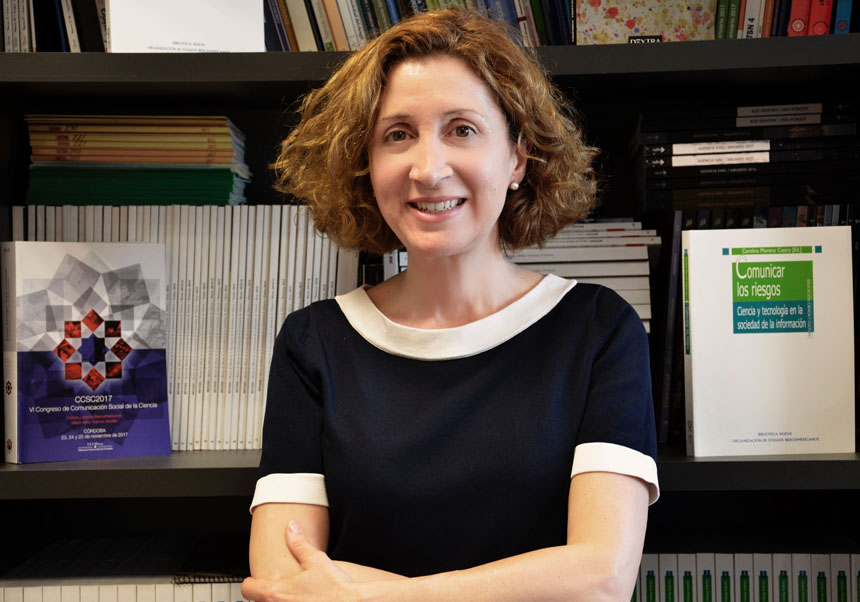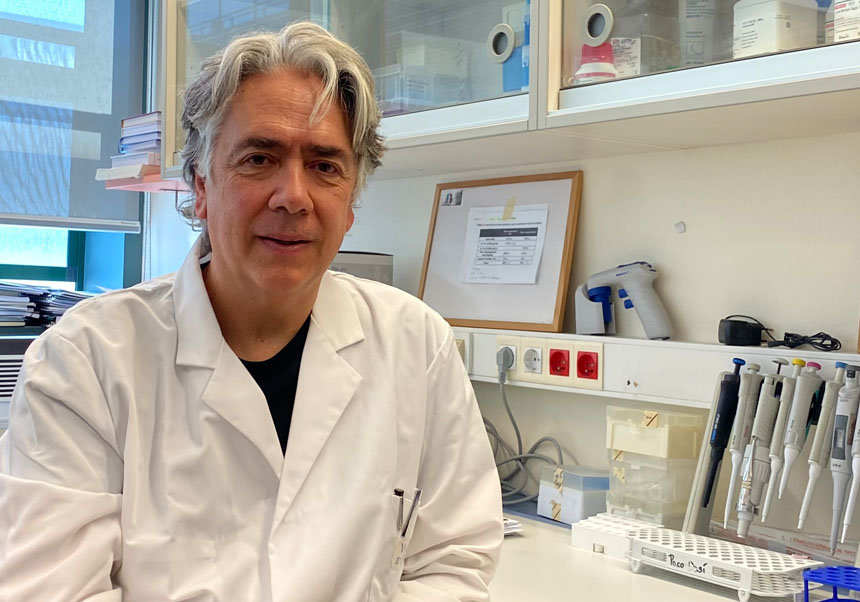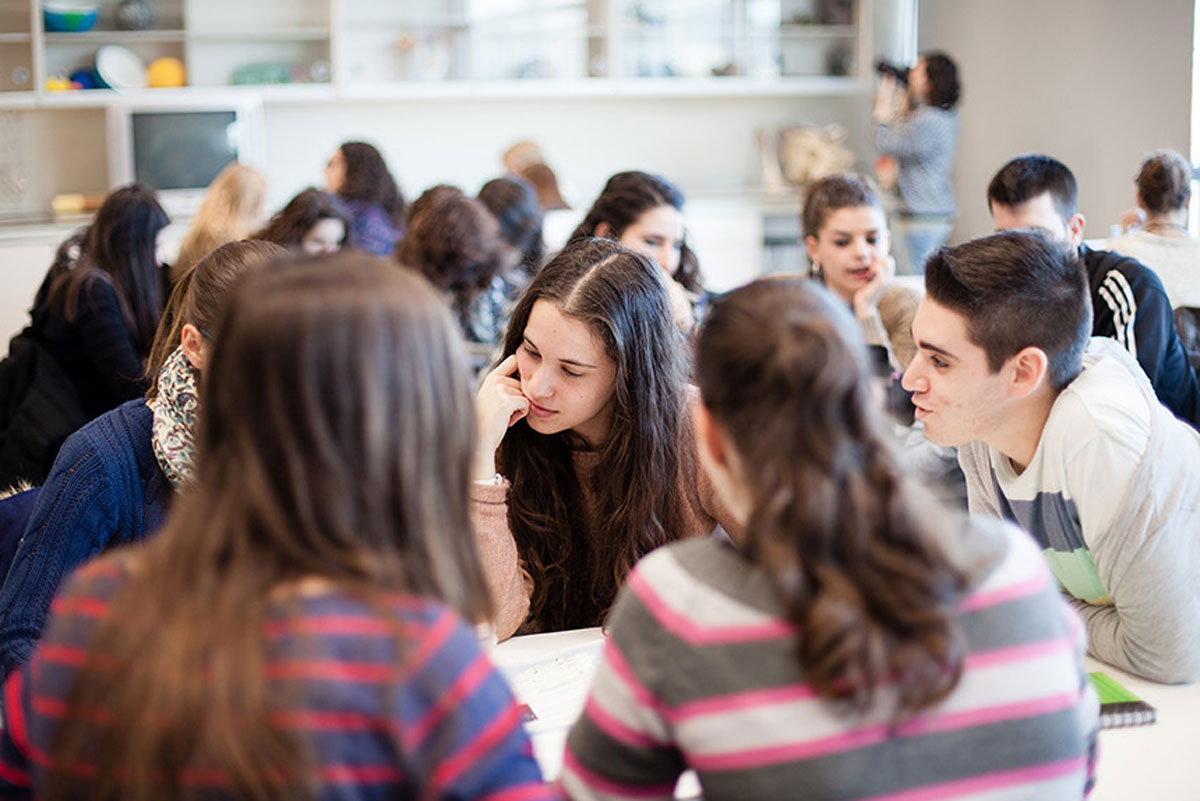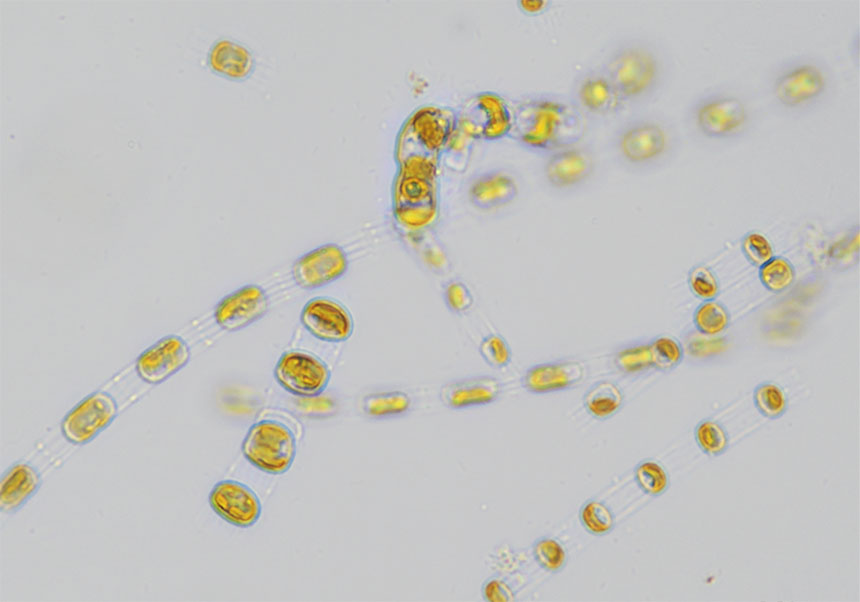Full professor Carolina Moreno participates in a manual for journalists that explains how to better report on science
- Scientific Culture and Innovation Unit
- April 25th, 2023

Carolina Moreno, Full Professor of Journalism at the University of Valencia, is one of the experts in scientific communication who participates in the guide-book published by the Lilly Foundation Informando de ciencia con ciencia, which brings together the tests and methodologies to inform better about science. The work has been produced in collaboration with the Spanish Foundation for Science and Technology-Ministry of Science and Innovation (FECYT), the Spanish Association of Scientific Communication (AEC2) and The Conversation Spain.
The manual is organised into 14 chapters and addresses issues such as the method of scientific journalism, the ability to manage the risks and uncertainties of the future, the importance of the gender perspective in the preparation of scientific information or transmedia information. The book has a practical approach and is available in digital format.
This work was born in a context in which, more and more, science and technology have an impact on people’s lives and the challenges that society must face: issues such as health, climate change, artificial intelligence, among others, are key issues on which to be well trained and informed in order to make decisions. “With this manual we want to underline the need to promote an effective and rigorous scientific journalism exercise, capable of facing the current challenges of our society, and connecting journalistic practice with existing research on science communication”, he stresses. José Antonio Sacristán, director of the Lilly Foundation.
To do this, each of the 14 chapters that make up this work begins with a brief exposition on the theoretical framework of the topic addressed. Next, the sections «Manos a la obra: de la ciencia a la práctica» (‘Hands on: From Science to Practice’) and «Casos prácticos» (‘Useful Cases’) provide specific recommendations and examples that effectively complement the theory. Finally, it closes with the «Mensajes clave» (‘Key Messages’) section, which summarises the most relevant aspects of the chapter, and a carefully selected list of bibliographical references.
«Informando de ciencia con ciencia was born from a collaboration between several institutions and has had the participation of relevant figures from journalism and communication in our country», sums up Cintia Refojo, head of the Unit for the Advancement of Scientific Communication of the FECYT and one of the coordinators of the work.
The creation of this guidebook has been possible thanks to the following authors and coordinators: Bienvenido León, Full Professor of Communication and Director of the Department of Journalism at the University of Navarra; Carolina Moreno Castro; Cintia Refojo; Gema Revuelta, director of the Centre for the Study of Science, Communication and Society at Pompeu Fabra University (UPF) and the Master’s Degree in Scientific, Medical and Environmental Communication at UPF-BSM and Elena Sanz, chief editor and editor of Medicine and Health at The Conversation Spain.
«Informing responsibly about the future or possible futures implies turning to present science. In fact, one of the purposes of the book is to help journalism and scientific communication professionals, whatever their specialty, to report on the future responsibly, using the data and forecasts formulated by science as a source of information. and trying to be as useful as possible for their audience», explains Gema Revuelta.
Lilly Foundation: Science, Medicine and Humanism
The Lilly Foundation aims to contribute to the development of Spanish health for the benefit of the health of citizens; promote SCIENCE and research, as well as the promotion of culture and scientific dissemination among society, among others.
Access to the book by clicking here.
Video Informando de ciencia con ciencia, in which the benefits of this work to communication professionals are summarised.
File in: Investigació a la UV , Col·laboració amb empresa , Teoria dels Llenguatges i Ciències de la Comunicació , Grups de recerca , Facultat de Filologia, Traducció i Comunicació , Cultura Científica , Difusió i comunicació científica , Internacionalització recerca , Recerca, innovació i transferència
















